Review: Light Lens Lab 35mm f/2 8-Element Summicron
January 2, 2022
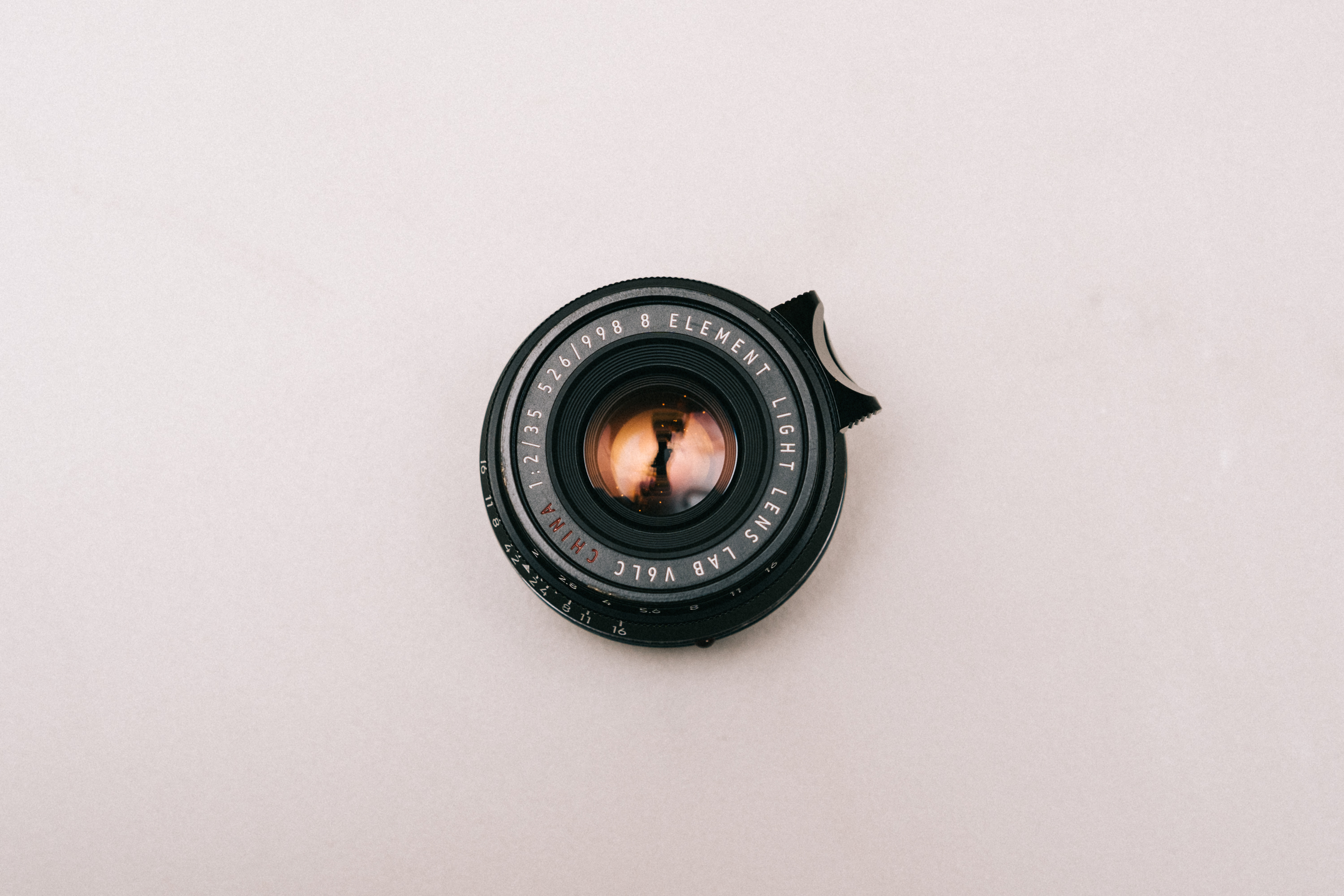
For a long time, I avoided 35mm lenses. I had spent about a year emulating Garry Winogrand: 28mm, f/11, scale focused, and then spent another year emulating Teju Cole: 50mm, tight compositions, everything in its right place, all before coming back to 35mm.
This was mostly thanks to the Voigtlander 35mm f/2.5 Color-Skopar, whose compactness and cheap price made it a natural for taking out while running errands or walking around the city. After a while, however, I longed for an extra stop of light, and looked at a few options:
The Leica 35mm Summicron, all iterations of which were at least three times as expensive—I couldn't really justify spending that much for what felt (at the time) like a marginal improvement. I disliked (and still dislike) the slight conical shape of the Voigtlander 35mm f/2 Ultron. A while back, I had a 7Artisans 35mm f/2, and sold it for the Minolta 40mm Rokkor, both of which were great performers but didn't seem to hit the spot.
Finally, I started looking at the Light Lens Lab (LLL) 35mm f/2 8-Element Summicron—I was wary of paying the ~$200 premium over MSRP, but a trip to China in the summer of 2021 provided me with the opportunity to pick one up in August for a great price from an authorized dealer. I was curious about its ability to emulate the vintage look of the V1 Summicron, and took solace in the fact that I could probably resell it for the price I paid, given the high overseas demand.
The lens has been permanently glued to my M6 and M10 since August 2021, and it really helped me to fall in love with the 35mm focal length; because of it, I've since upgraded to a 35mm Summilux 1.4 ASPH FLE, which makes this the perfect time to collect my thoughts and write up a review to help anyone who is interested in this lens.
I'll be using photos I made in the past few months with this lens; there's a good amount of comparisons of image quality, sharpness, etc. on the web, so I want to write about my actual experience using it on a daily basis.
![]()
I originally heard about the LLL from RangefinderForum, where it was originally introduced in July 2019. It is (in my view) a very faithful reproduction of the Leica 35mm Summicron f/2 8-element, which remains notable for its sharpness, tonality, glowy-image quality, and small size. Having never handled an original 8-element, I wanted to see for myself whether the uniqueness of the lens' image quality would rub off onto my own pictures—and transform them for better or worse.
Since its introduction, the LLL has had multiple released versions (with V1 being offered to the first buyers from RFF who pre-ordered, and so on). The version I purchased is the V6LC, which according to the dealer and item description, uses the flint lead glass that was also used in the Leica 8-element, and one of the things that makes the LLL even more true to the original. The V6LC has an infinity lock, which is accurate to the original lens but does make the user experience slightly annoying—more on that later.
The lens comes with a leather pouch, a metal lens cap (felted on the inside to slip onto the lens) and a metal rear cap, all of which feel solidly built. I also purchased the hood, which is a reproduction of the IROOA hood used on the original lens.
Build Quality
![]()
The lens is solidly built. Focusing and aperture controls are smooth, with no drag/play where there shouldn't be. The infinity lock actuates with a satisfying click, and releases smoothly. The aperture is clicked with detents at every half-stop, and evenly spaced along the aperture ring. It's clear that a lot of thought and quality went into the production of this lens, and comparing it to both Leica and Voigtlander lenses, it does not feel inferior in terms of build quality.
Both the lens body and hood are made of brass; the lens is available in several colors, the most common being black paint and anodized silver. On my black paint copy, there's a little brassing on the outer edge of the lens hood and on the lens where the hood attaches, as the hood it is friction fit onto the body. The applied black paint and painted indicators are smooth and of high quality.
The lens hood leaves something to be desired in terms of build quality; there is a very, very faint brushstroke texture that is only visible in direct light, compared to the lens which has completely smooth black paint. Additionally, my copy of the lens hood was a tiny bit loose and would sometimes rotate during use; I added a small piece of electrical tape to make sure that the hood text was perfectly aligned at all times.
Handling
![The lens looks great on both the M10 and M6.]()
![]()
The lens feels very at home on an M-series body. Without the hood, it is extremely compact and has minimal viewfinder blockage. I personally like the look of the hood, so I keep it attached at all times, and viewfinder blockage is slight but manageable. It is easy to quickly acquire focus and change the aperture when shooting, and the hood provides a nice index for the finger when changing aperture by feel. I had no trouble with focus shift on my copy.
The main complaint I have is about the infinity lock; while it is accurate to the original lens, it adds an extra step to getting the lens up and ready for shooting. After a while, however, actuating the lock does become muscle memory and you hardly think about it while operating the lens.
![Compared to the 35mm f/1.4 Summilux ASPH FLE, it is definitely a lot more compact.]()
This was mostly thanks to the Voigtlander 35mm f/2.5 Color-Skopar, whose compactness and cheap price made it a natural for taking out while running errands or walking around the city. After a while, however, I longed for an extra stop of light, and looked at a few options:
The Leica 35mm Summicron, all iterations of which were at least three times as expensive—I couldn't really justify spending that much for what felt (at the time) like a marginal improvement. I disliked (and still dislike) the slight conical shape of the Voigtlander 35mm f/2 Ultron. A while back, I had a 7Artisans 35mm f/2, and sold it for the Minolta 40mm Rokkor, both of which were great performers but didn't seem to hit the spot.
Finally, I started looking at the Light Lens Lab (LLL) 35mm f/2 8-Element Summicron—I was wary of paying the ~$200 premium over MSRP, but a trip to China in the summer of 2021 provided me with the opportunity to pick one up in August for a great price from an authorized dealer. I was curious about its ability to emulate the vintage look of the V1 Summicron, and took solace in the fact that I could probably resell it for the price I paid, given the high overseas demand.
The lens has been permanently glued to my M6 and M10 since August 2021, and it really helped me to fall in love with the 35mm focal length; because of it, I've since upgraded to a 35mm Summilux 1.4 ASPH FLE, which makes this the perfect time to collect my thoughts and write up a review to help anyone who is interested in this lens.
I'll be using photos I made in the past few months with this lens; there's a good amount of comparisons of image quality, sharpness, etc. on the web, so I want to write about my actual experience using it on a daily basis.
Introduction

I originally heard about the LLL from RangefinderForum, where it was originally introduced in July 2019. It is (in my view) a very faithful reproduction of the Leica 35mm Summicron f/2 8-element, which remains notable for its sharpness, tonality, glowy-image quality, and small size. Having never handled an original 8-element, I wanted to see for myself whether the uniqueness of the lens' image quality would rub off onto my own pictures—and transform them for better or worse.
Since its introduction, the LLL has had multiple released versions (with V1 being offered to the first buyers from RFF who pre-ordered, and so on). The version I purchased is the V6LC, which according to the dealer and item description, uses the flint lead glass that was also used in the Leica 8-element, and one of the things that makes the LLL even more true to the original. The V6LC has an infinity lock, which is accurate to the original lens but does make the user experience slightly annoying—more on that later.
The lens comes with a leather pouch, a metal lens cap (felted on the inside to slip onto the lens) and a metal rear cap, all of which feel solidly built. I also purchased the hood, which is a reproduction of the IROOA hood used on the original lens.
Build Quality
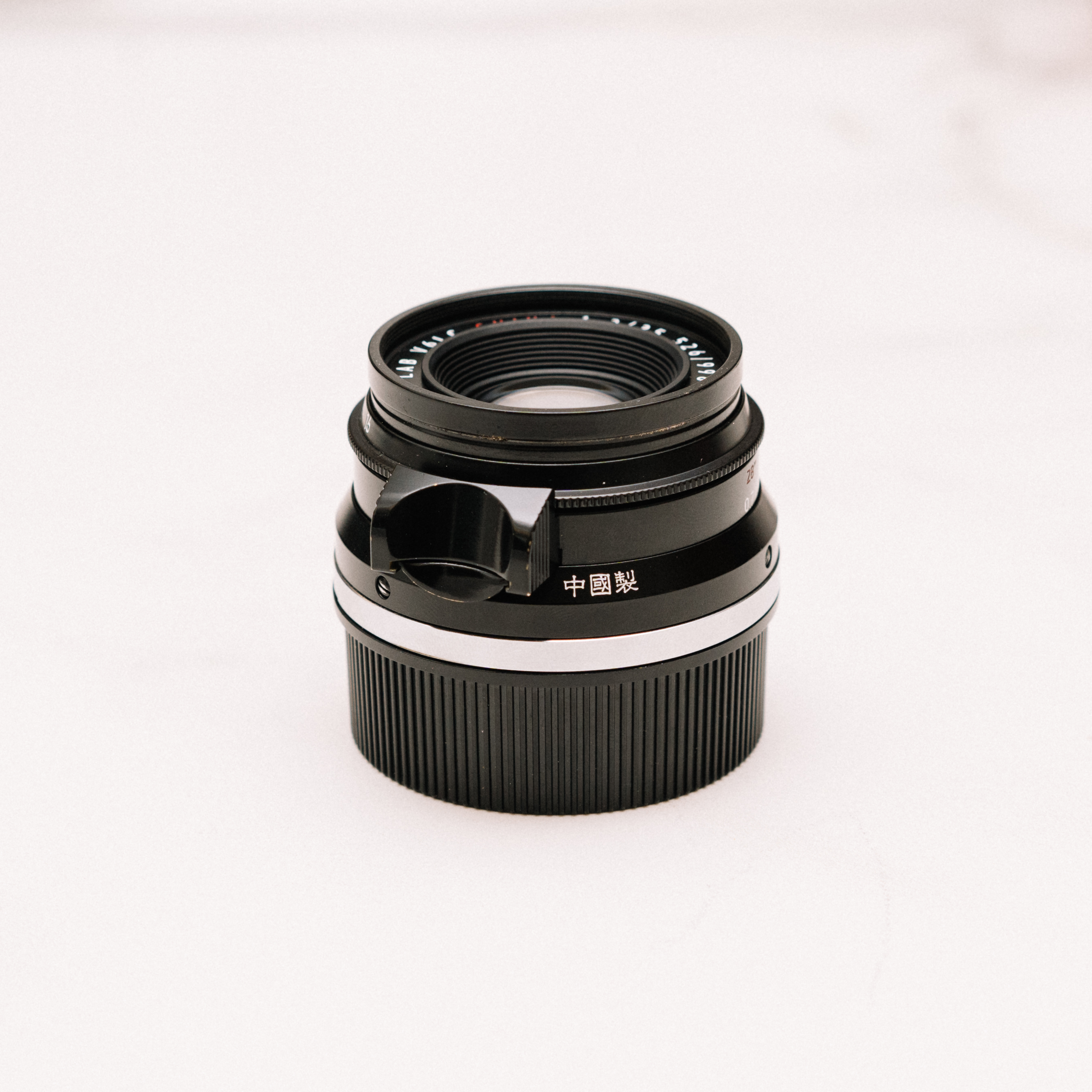
The lens is solidly built. Focusing and aperture controls are smooth, with no drag/play where there shouldn't be. The infinity lock actuates with a satisfying click, and releases smoothly. The aperture is clicked with detents at every half-stop, and evenly spaced along the aperture ring. It's clear that a lot of thought and quality went into the production of this lens, and comparing it to both Leica and Voigtlander lenses, it does not feel inferior in terms of build quality.
Both the lens body and hood are made of brass; the lens is available in several colors, the most common being black paint and anodized silver. On my black paint copy, there's a little brassing on the outer edge of the lens hood and on the lens where the hood attaches, as the hood it is friction fit onto the body. The applied black paint and painted indicators are smooth and of high quality.
The lens hood leaves something to be desired in terms of build quality; there is a very, very faint brushstroke texture that is only visible in direct light, compared to the lens which has completely smooth black paint. Additionally, my copy of the lens hood was a tiny bit loose and would sometimes rotate during use; I added a small piece of electrical tape to make sure that the hood text was perfectly aligned at all times.
Handling
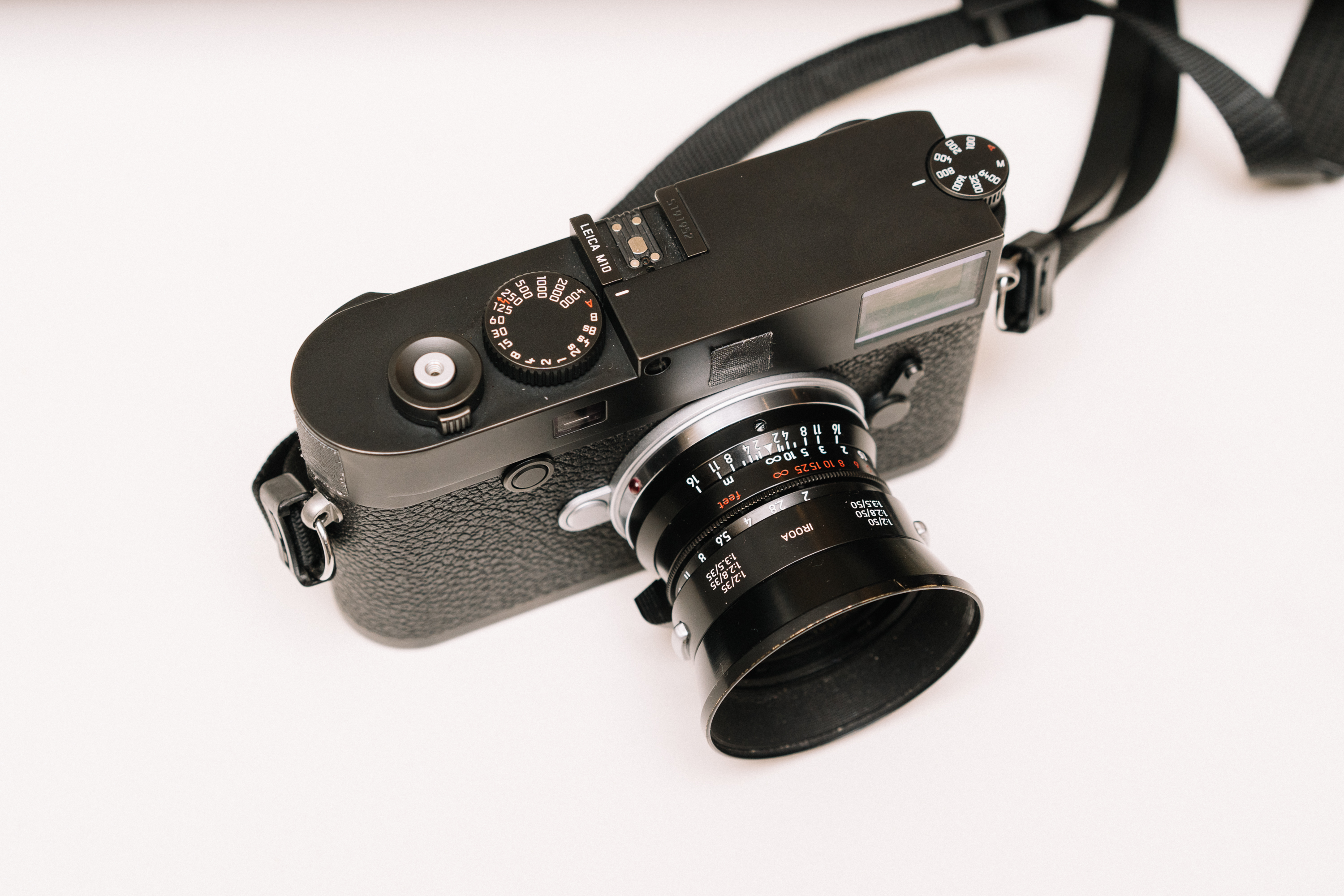
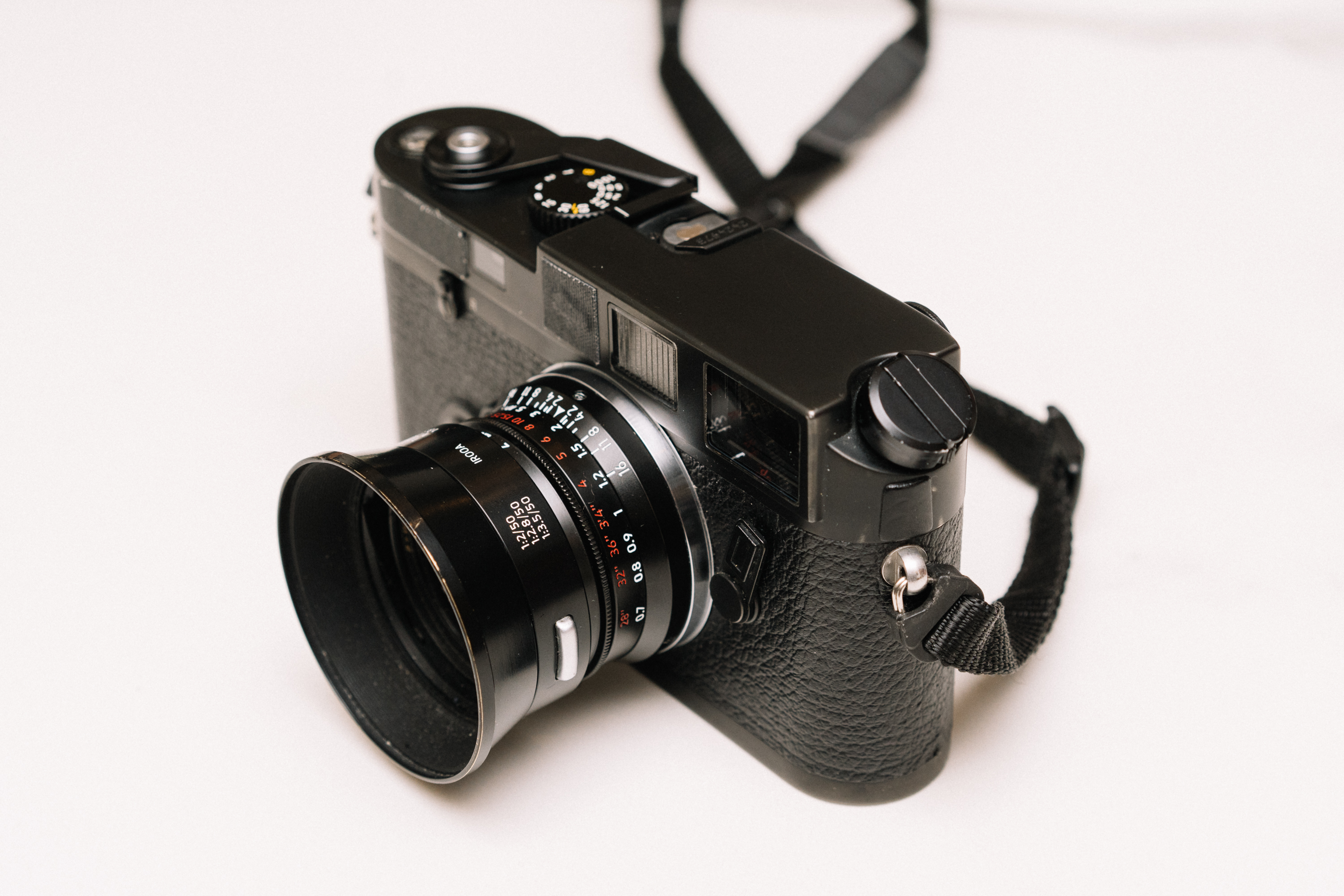
The lens feels very at home on an M-series body. Without the hood, it is extremely compact and has minimal viewfinder blockage. I personally like the look of the hood, so I keep it attached at all times, and viewfinder blockage is slight but manageable. It is easy to quickly acquire focus and change the aperture when shooting, and the hood provides a nice index for the finger when changing aperture by feel. I had no trouble with focus shift on my copy.
The main complaint I have is about the infinity lock; while it is accurate to the original lens, it adds an extra step to getting the lens up and ready for shooting. After a while, however, actuating the lock does become muscle memory and you hardly think about it while operating the lens.
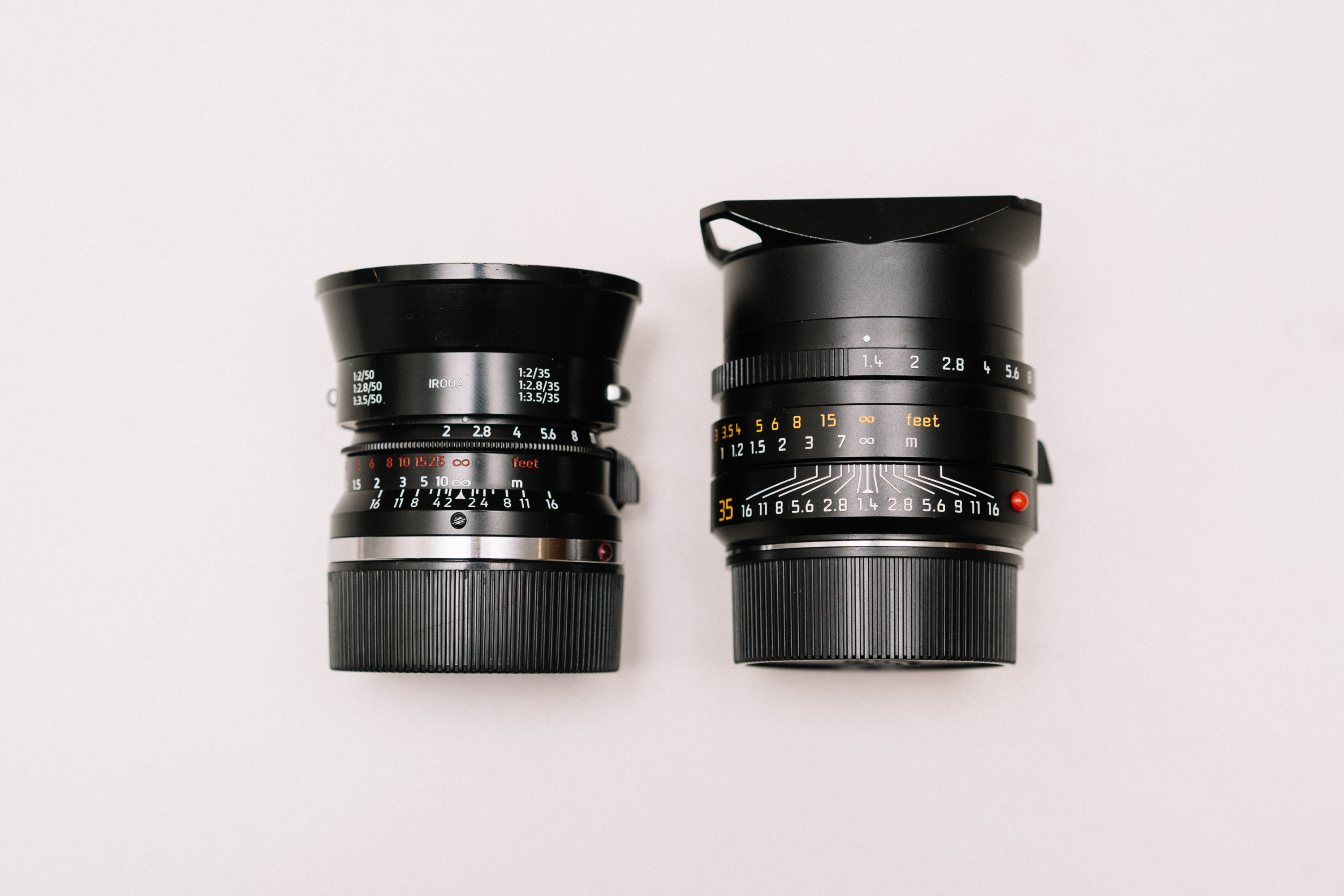
Image Quality
![]()
I really love the image quality of this lens, having shot it both on digital and film. It is definitely more oriented for use on film, given that it vignettes while wide open (which is far less noticeable on film than on digital, and became one of the main reasons why I decided to upgrade to the Summilux).
There's plenty of information/comparisons online, so I only have a few observations (and a lot of images). Given that this lens is a reproduction of a lens from the 1950s-60s, I'm focused more on the character of the rendering than perfect tack-sharpness, especially wide open.
At f/2, the lens is sharp at the center, but sharpness falls off quickly across the image. Vignetting is somewhat heavy in the corners, as expected. I couldn't notice any distortion that made me stop and apply corrections in Lightroom.
Shots from wide open:




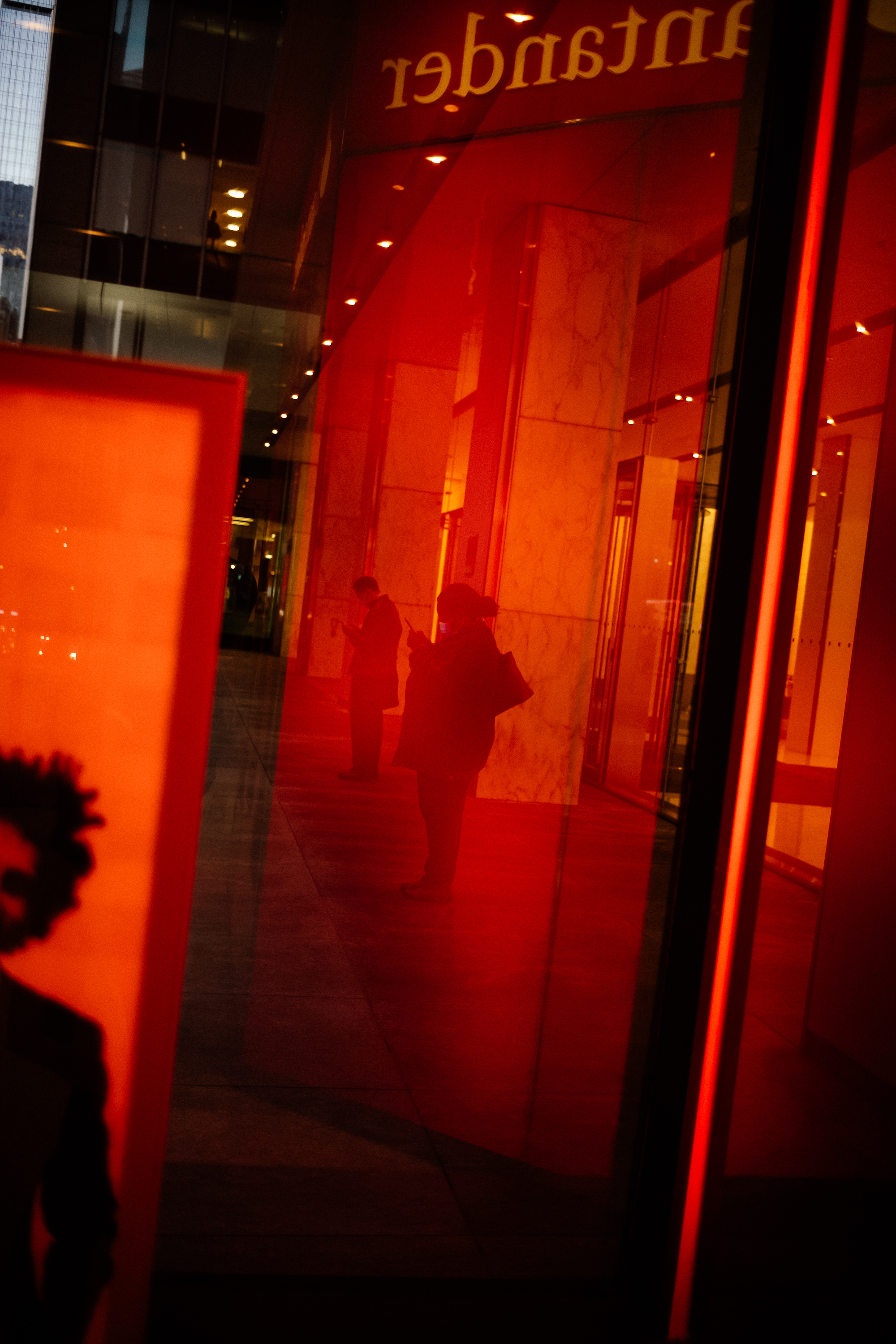
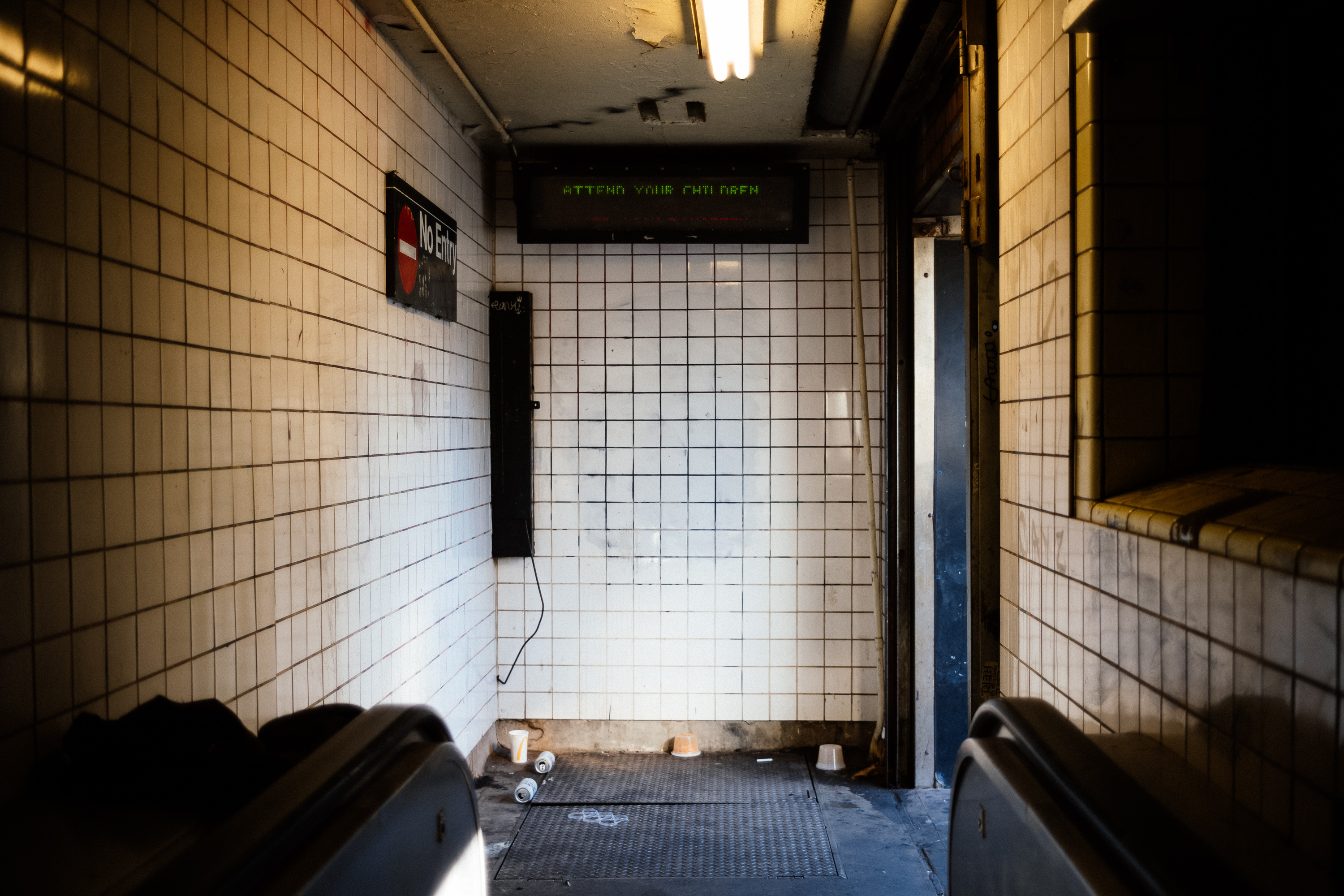
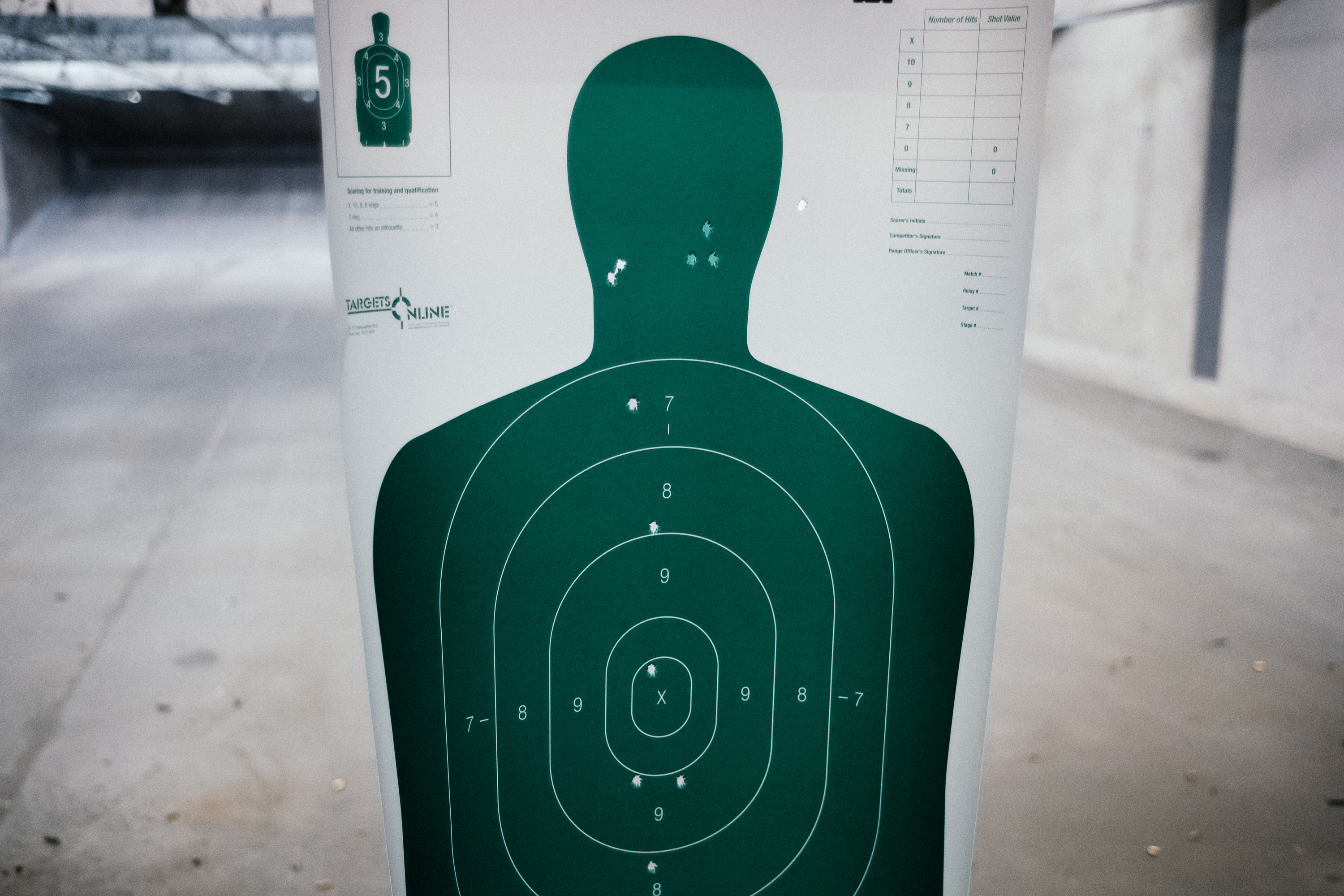
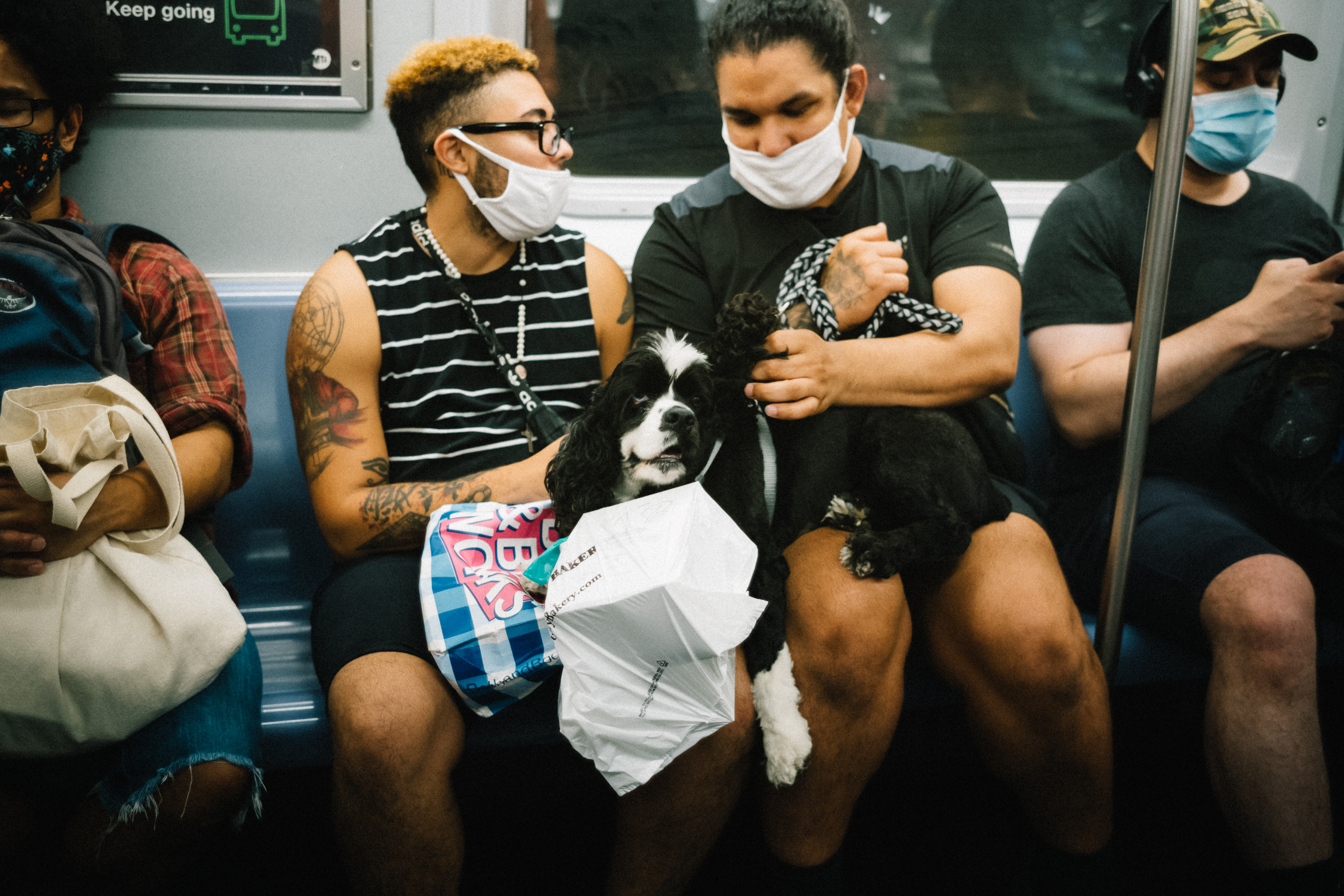




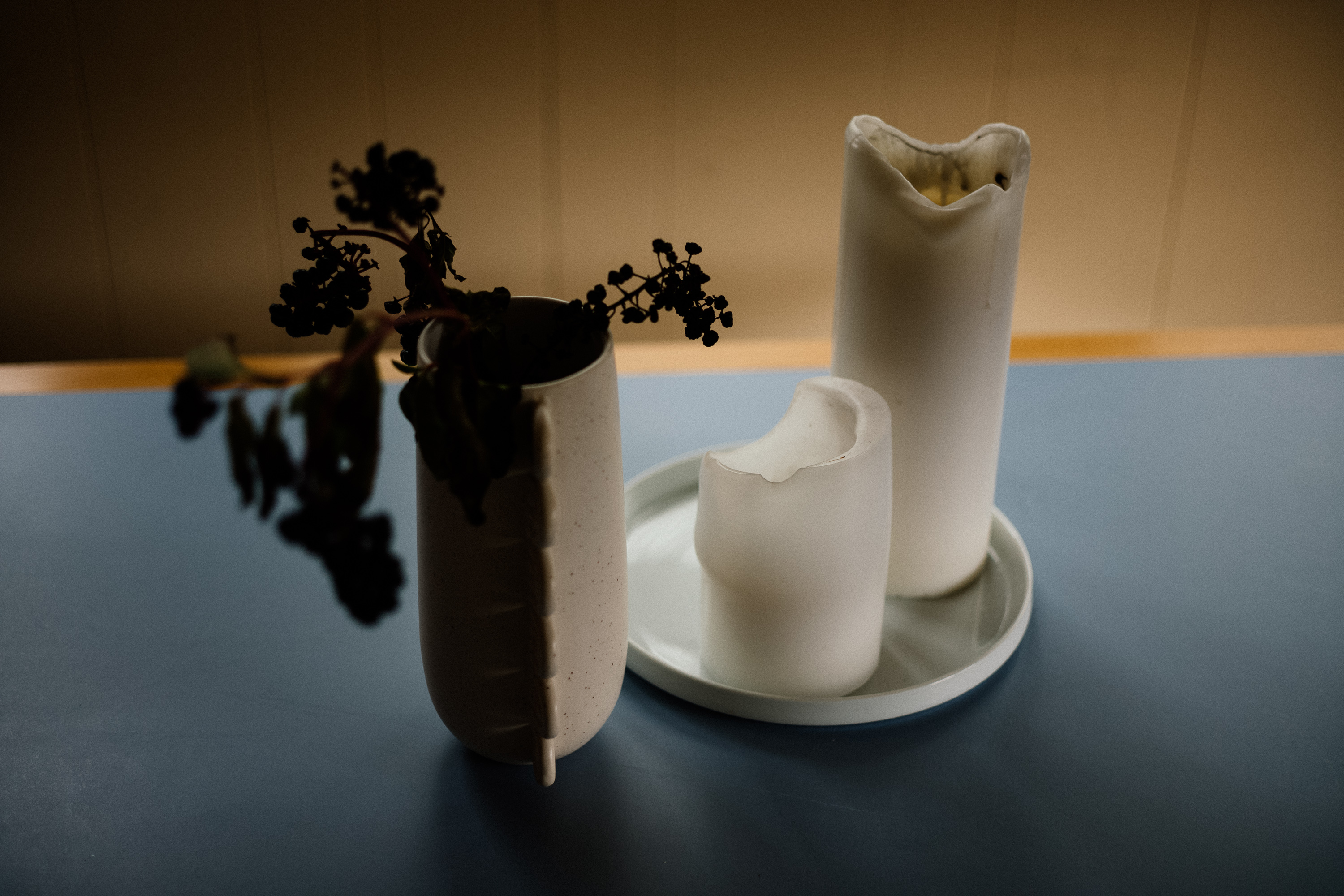
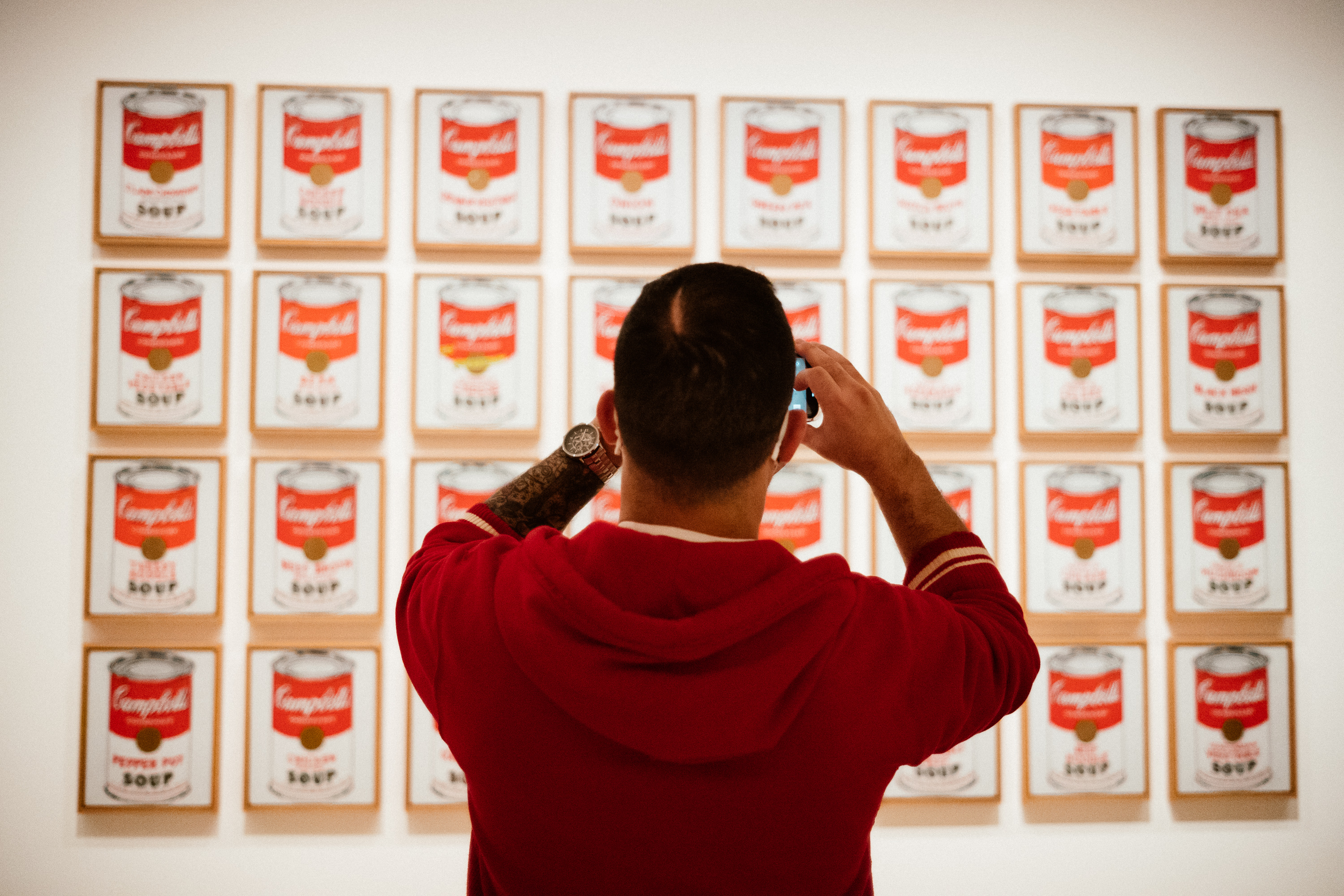
As with most lenses of its class, from f/4 onwards vignetting disappears and sharpness is excellent.
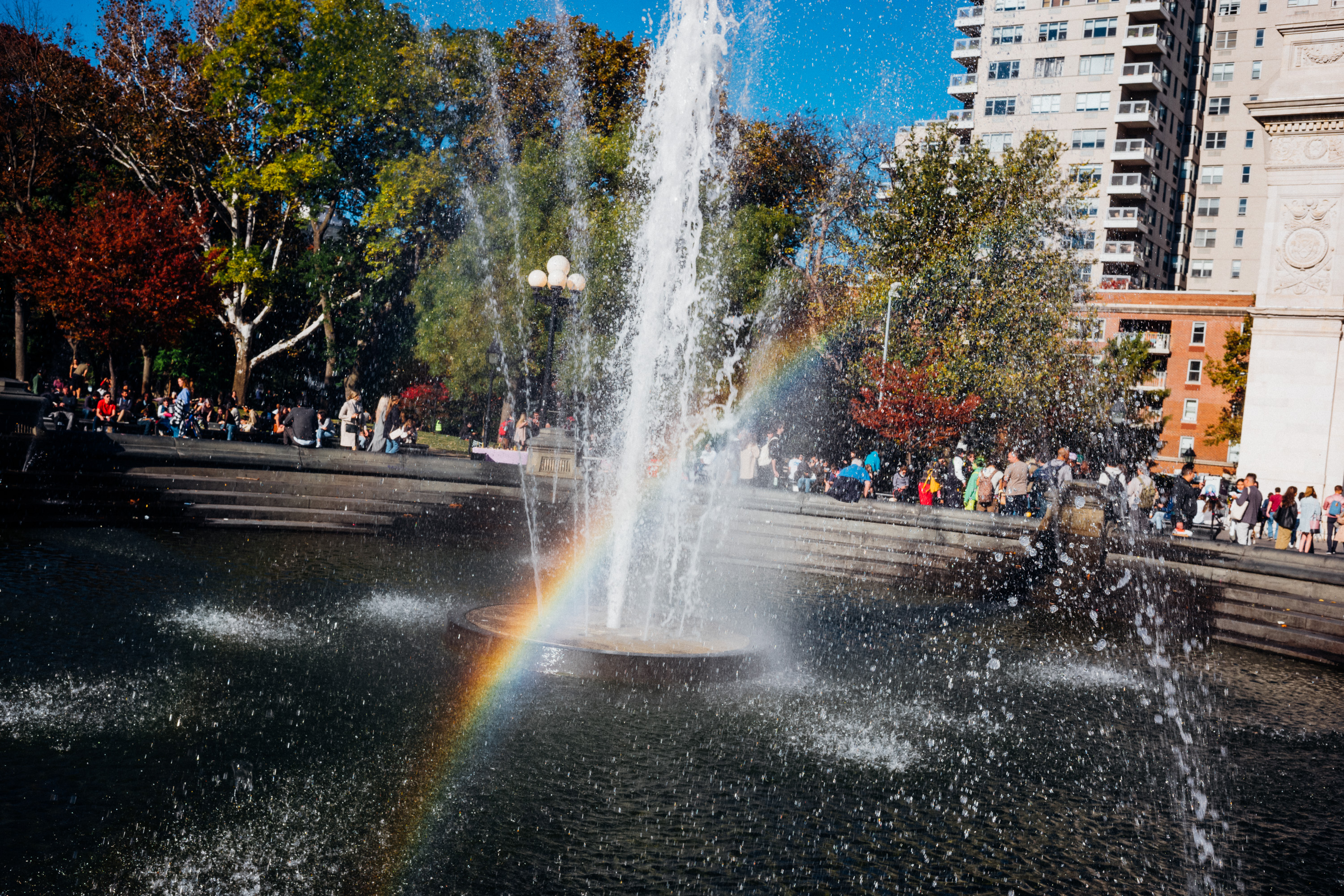


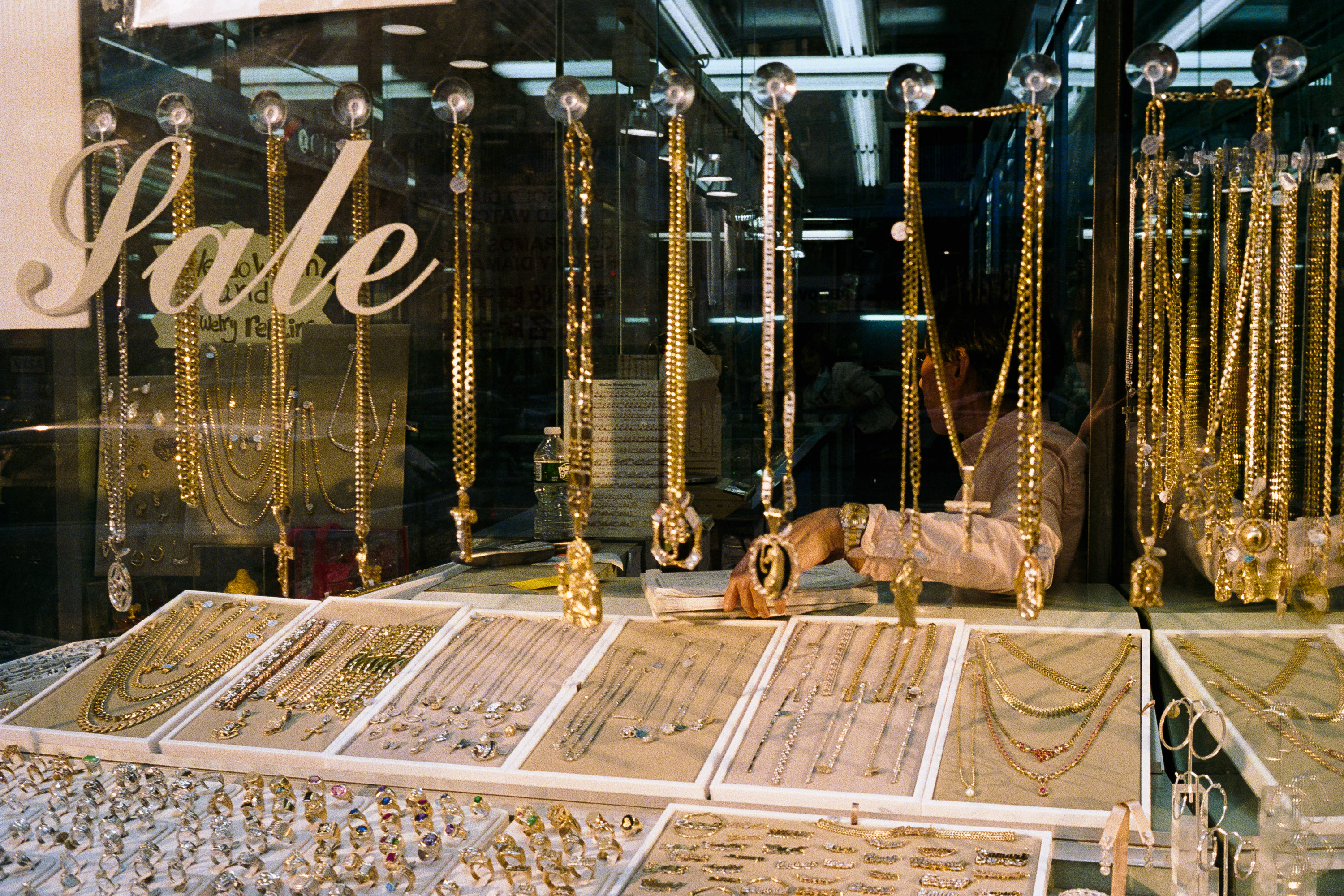

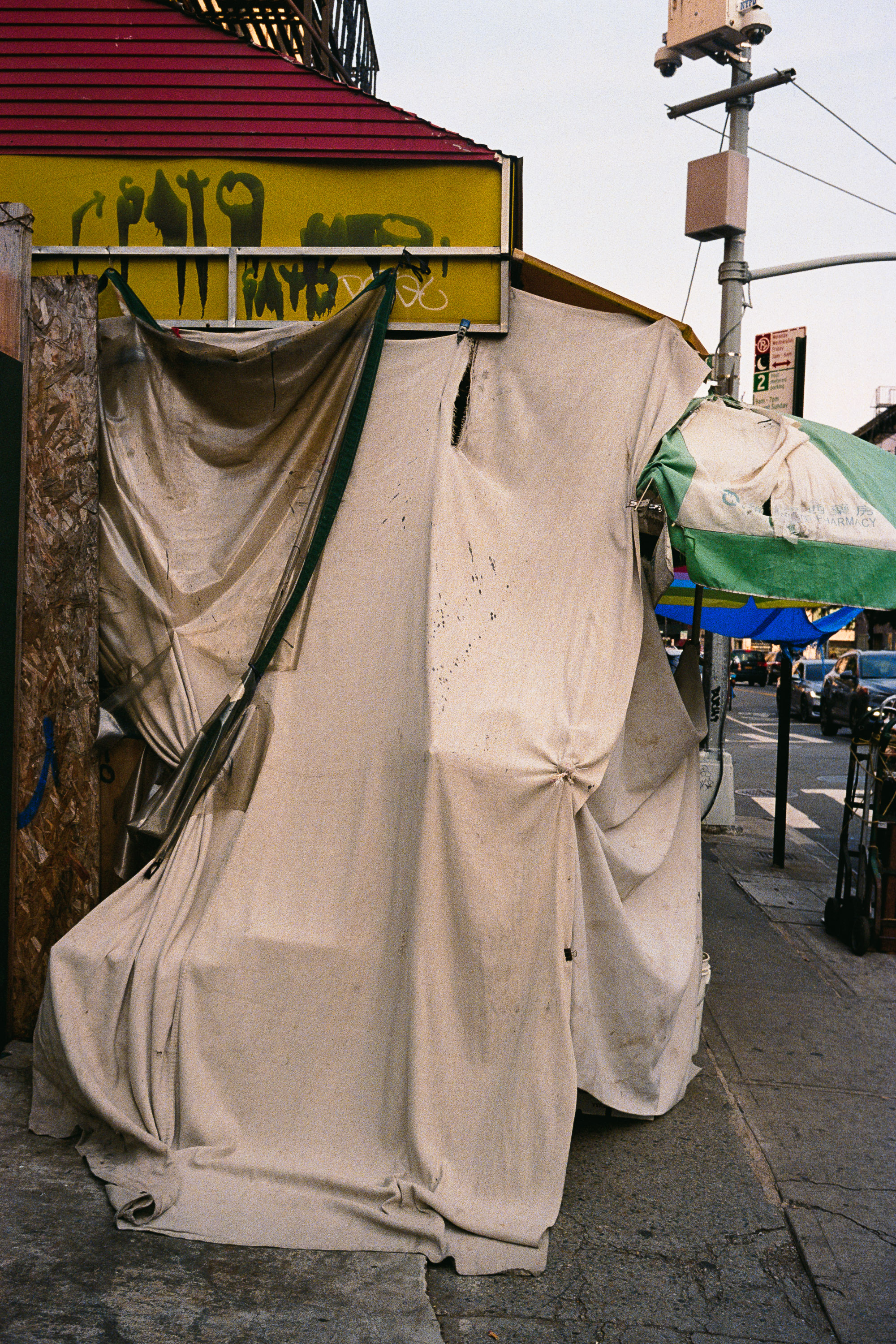
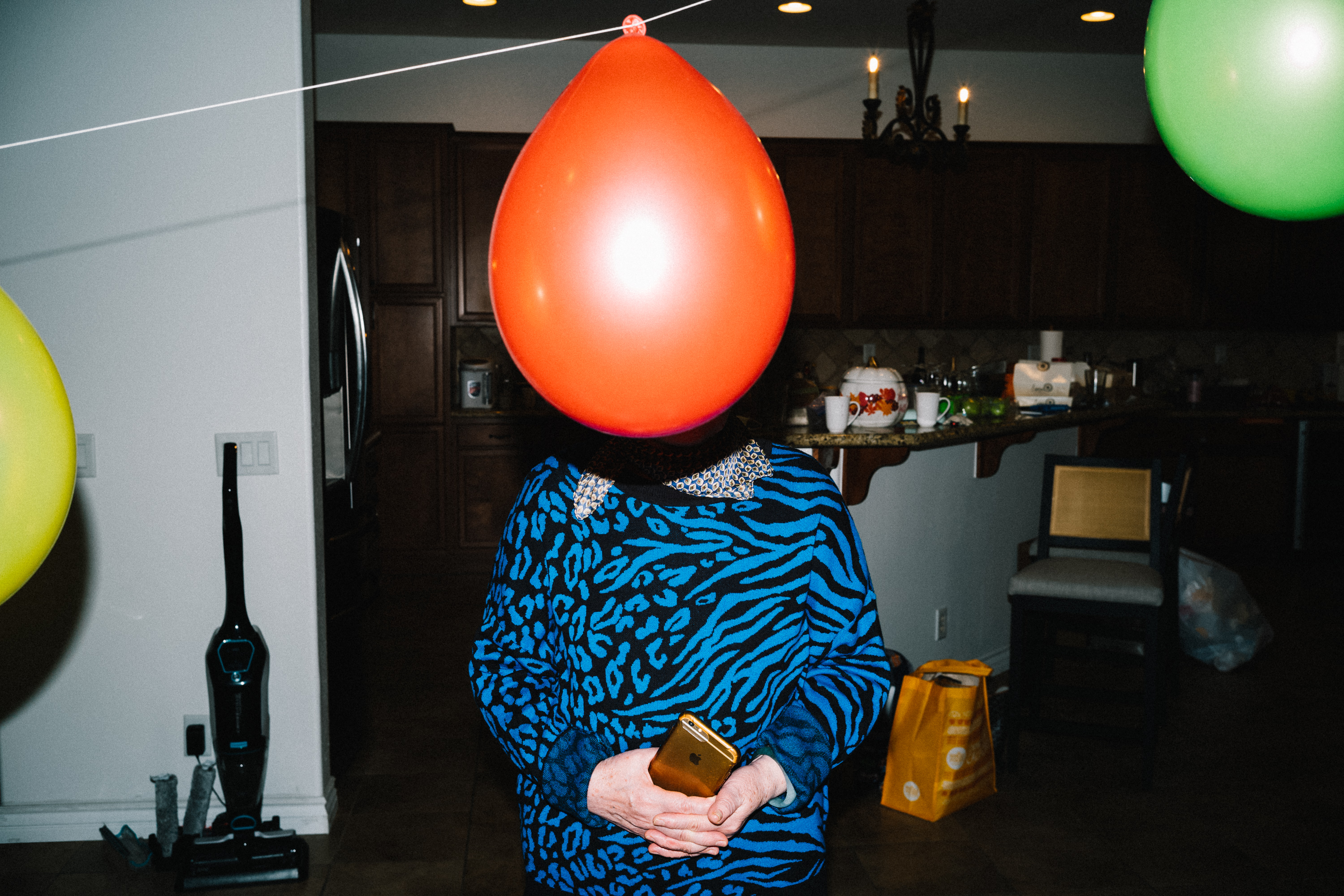


Sometimes, the LLL feels like having two lenses in one; wide open, the lens has a pleasing image quality that renders with just the right amount of softness provided by these older lenses. Stopped down, it is sharp and does not miss a beat when compared to its more expensive counterparts.
The closest competitor in the price range is the Voigtlander 35mm f/2 Ultron, which is widely regarded as an almost-perfect lens optically and built solidly as one would expect of Voigtlander. If you're looking for a lens with more modern and consistent rendering, I would pick the Ultron over the LLL, especially as you're paying a premium for the LLL outside of China.
Conclusion
So why did I pick this lens? And why did I choose to upgrade from it eventually? The main reason was my move to a Leica M10; while I still have the M6 (for now), I found myself using the M10 as a daily driver, and the vignetting of the LLL became an annoyance for me on digital, as it felt out of place in the image. Having shot with f/2 and up for a while, I forgot how beautiful the rendering of a 1.4 lens could be on 35mm, and that drew me to the FLE given its lack of focus shift. I may also have a review for the FLE soon after using it some more.
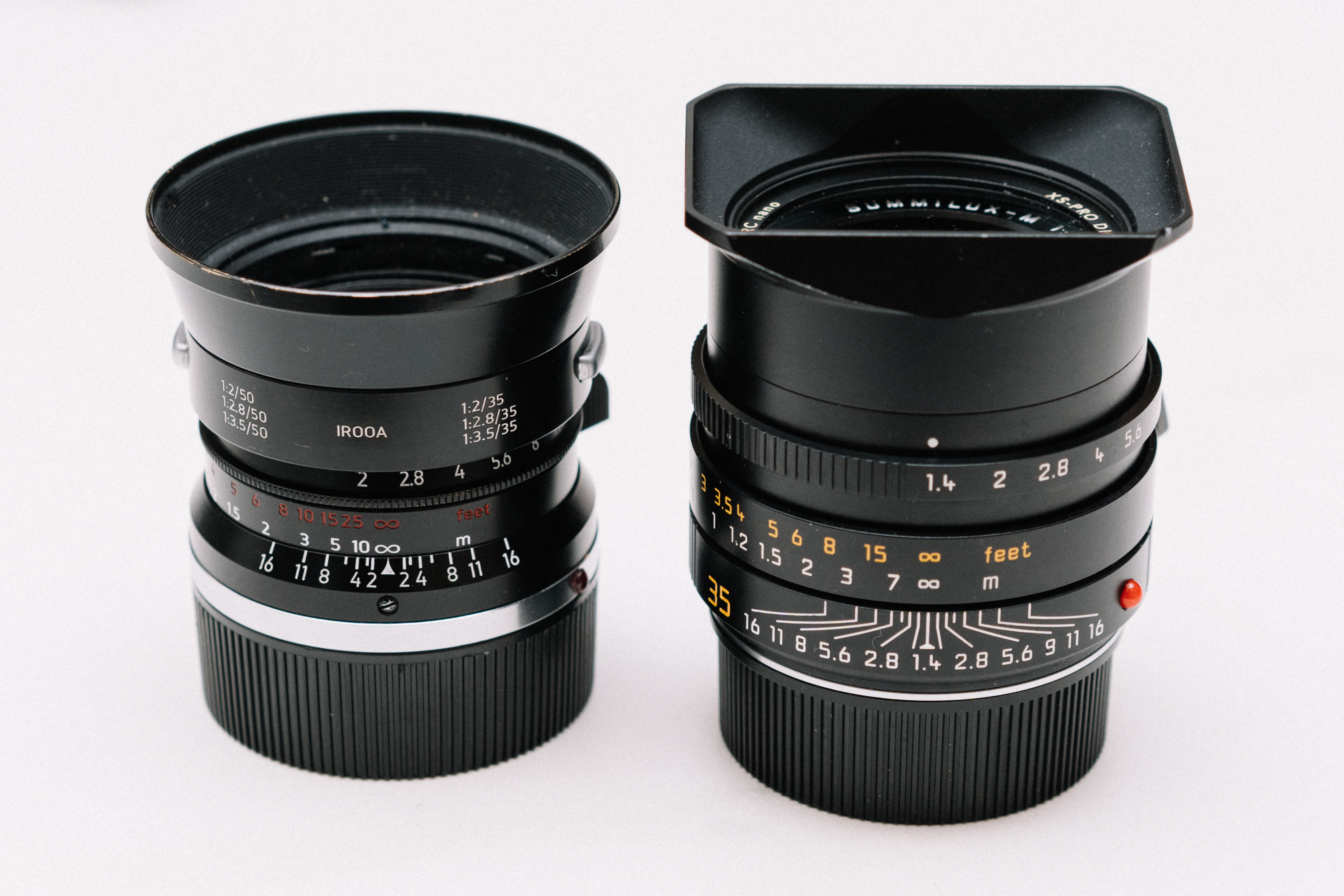
In the time that I've used the LLL, however, I think it really stands up as a daily driver, especially when you approach it as a vintage lens with all the given expectations around image quality. I have no regrets about purchasing it, and hopefully can pass it on to a good home that will appreciate the lens.
